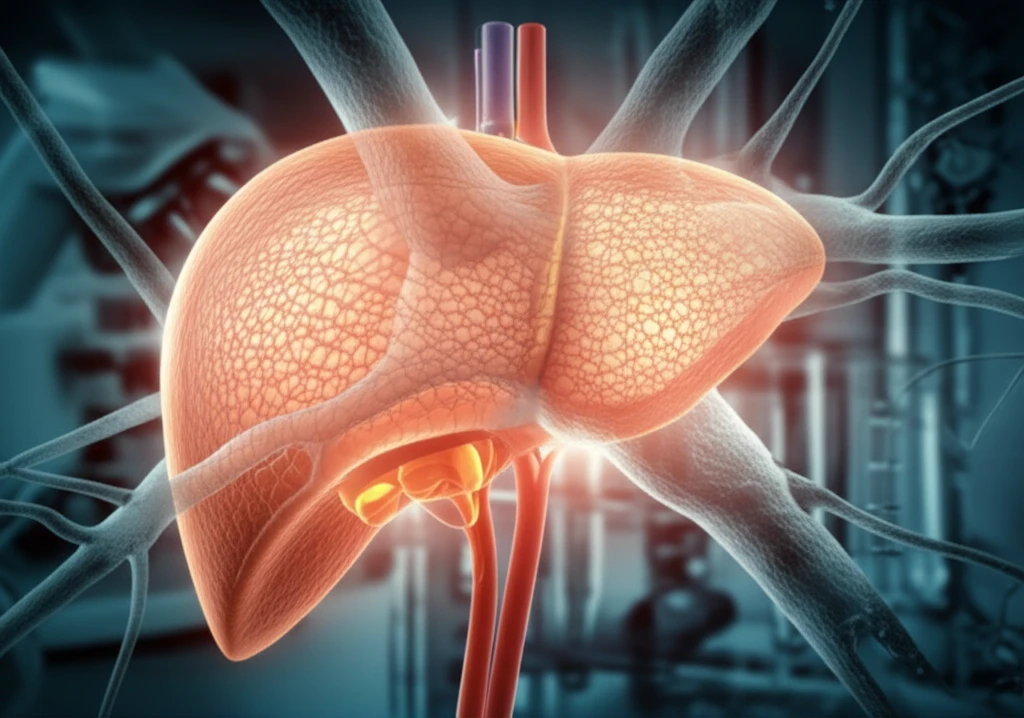
Can Stem Cells Really Fix Your Liver? The Future of Liver Disease Treatment
"Explore how stem cell therapy offers hope for liver disease patients, overcoming the limitations of traditional treatments."
Liver disease is a global health crisis, affecting hundreds of millions worldwide. From viral hepatitis to hepatocellular carcinoma (HCC), the burden is immense, with cirrhosis alone claiming tens of thousands of American lives each year. Traditional treatments, like liver transplantation, offer a lifeline, but they're plagued by donor shortages and the complications of rejection and immunosuppression.
Enter stem cell research – a beacon of hope in regenerative medicine. The promise? To revolutionize how we treat damaged and diseased organs. Stem cells, with their unique ability to regenerate and repair, could potentially alleviate the symptoms of liver disease or even correct genetic errors through gene therapy.
For those facing acute liver failure, stem cell therapies might provide crucial support, allowing the liver the time it needs to recover. It's a new frontier in medicine, but what does it really mean for you, and how close are we to seeing these therapies become a reality?
Stem Cells 101: Understanding the Basics

Stem cells are the body's raw materials—cells that can develop into many different cell types. This unique ability makes them invaluable for repairing damaged tissues and organs. There are several types of stem cells, each with different capabilities:
- Pluripotent stem cells: Exist in the undifferentiated inner cell mass of the blastocyst and can form any of the over 200 different cell types found in the body.
- Multipotent stem cells: Derived from fetal tissue, cord blood, and adult stem cells, they have a more limited ability to differentiate but have shown success in cell-based therapies.
Looking Ahead: The Future of Stem Cell Therapy for Liver Disease
Stem cell therapy stands at the forefront of medical innovation, offering new hope for treating liver disease. As research progresses and technology advances, stem cell-based treatments have the potential to transform patient care and improve outcomes. While challenges remain, including ethical considerations and the need for further clinical trials, the future looks promising. By continuing to explore and refine these therapies, we can unlock new possibilities for regenerative medicine and improve the lives of millions affected by liver disease.
